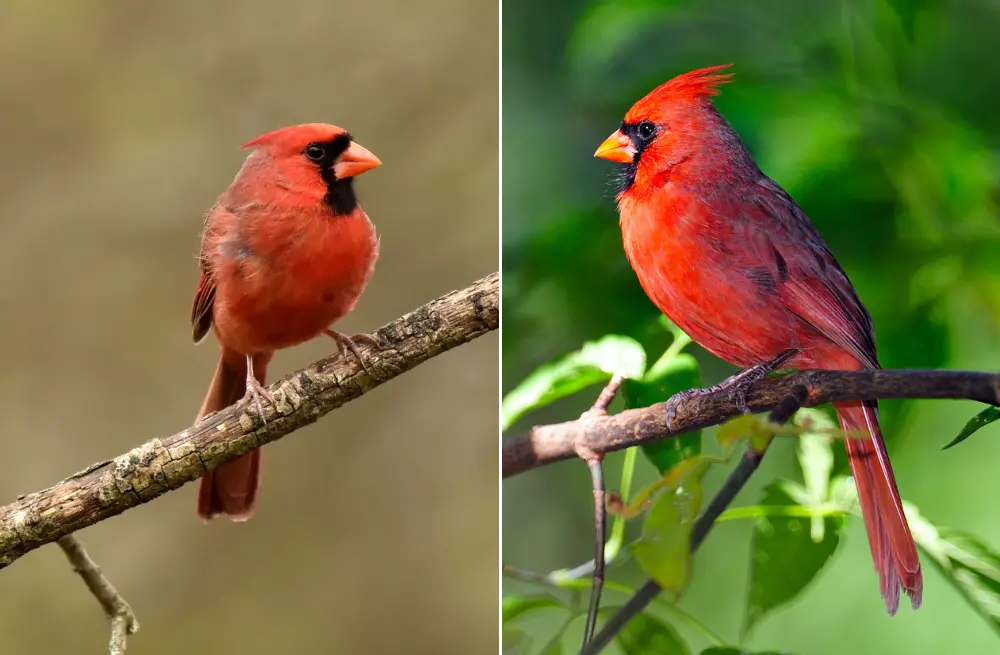Ever notice those chirpy little birds flitting around your backyard or perched on a nearby telephone wire? Yep, those are sparrows, some of the most common and recognizable birds in our neighborhoods.
Their presence is so common that we might not give them a second thought.
But have you ever stopped to wonder about the life of a sparrow? Specifically, just how long do they stick around? Dive into this simple guide and get the scoop on the lifespan of our feathered friends.
Natural Life Span
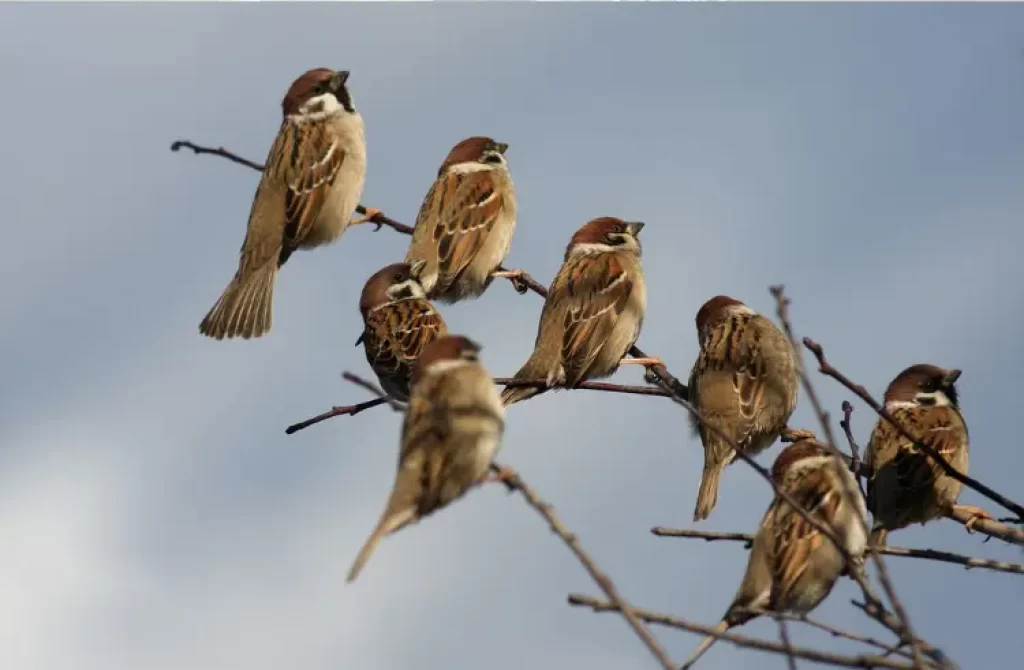
The lifespan of a sparrow, like many small bird species, can indeed be relatively short in the wild due to various challenges and dangers. The average lifespan for a sparrow in the wild is typically around 2 to 3 years.
However, many sparrows do not survive their first year due to predation, harsh weather conditions, food scarcity, and other factors.
It’s worth noting that the lifespan of a sparrow can vary depending on the species and the specific environmental conditions it faces.
Some sparrows may live longer if they are able to avoid predators, find sufficient food, and locate suitable nesting sites. Additionally, sparrows that are kept in captivity or in more protected environments may have longer lifespans compared to their wild counterparts.
In Safe Conditions
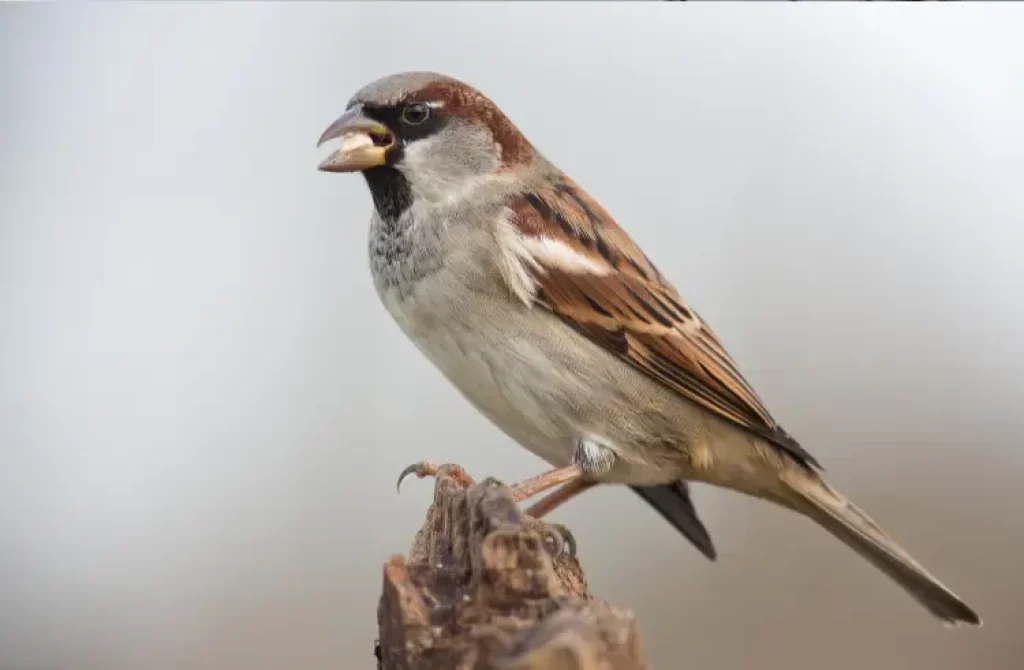
Out in the wild, life’s a bit tougher for sparrows. Here, they face a variety of challenges that can impact their lifespan.
Predators like cats, birds of prey, and even snakes are always on the lookout for a quick meal. Then there’s the challenge of finding food, especially in colder seasons. Because of these factors, many sparrows in the wild might only live for about 2-3 years.
However, if they can navigate these challenges successfully, they can sometimes live longer, with a lucky few even reaching 5 years of age.
What is the life expectancy of a common sparrow?
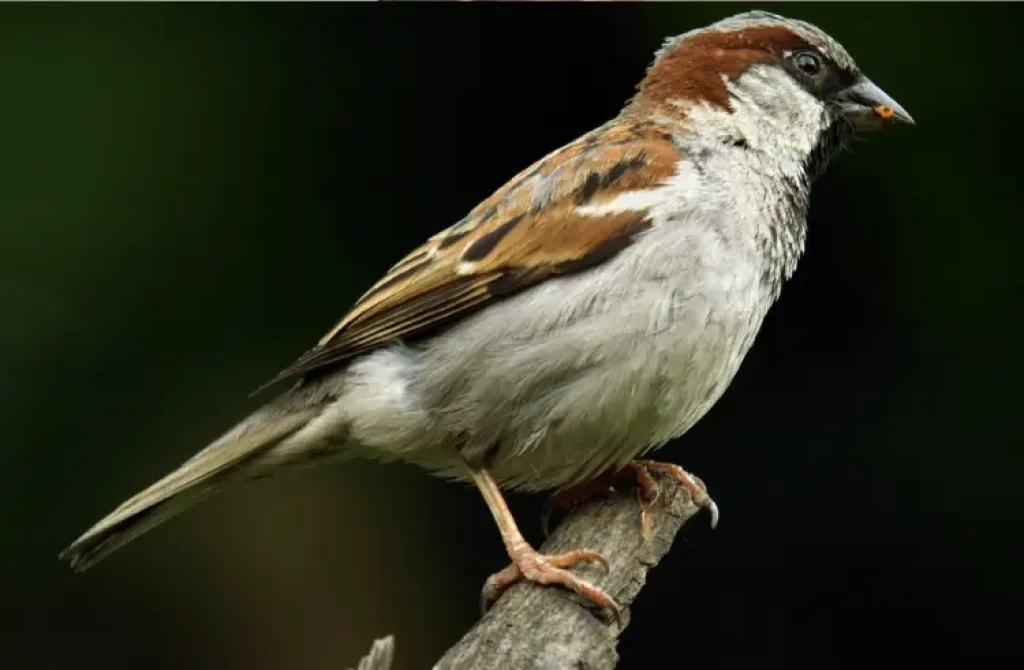
The common sparrow, often referred to as the House Sparrow (Passer domesticus), has a varied life expectancy depending on several factors. In the wild, many sparrows don’t survive their first year due to predation, disease, and other challenges. Those that do survive past fledging typically have a life expectancy of 2-3 years.
However, it’s worth noting that House Sparrows can live longer under ideal conditions, with some individuals reaching 5-7 years or more.
In captivity, with protection from predators and regular access to food and healthcare, sparrows can live longer, sometimes up to 10-12 years, though such long lifespans are exceptions rather than the rule.
What is the oldest sparrow?
The oldest recorded House Sparrow was a female that lived for at least 15 years and 9 months. She was found in Texas in 2004, which is also the state where she had been banded. This is a notable age for a House Sparrow, as it far exceeds the typical lifespan observed in the wild.
Such records give insights into the potential longevity of the species under favorable conditions, though it’s worth emphasizing that most sparrows in the wild don’t achieve such ages due to various natural challenges they face.
Do sparrows in captivity tend to live longer than those in the wild?
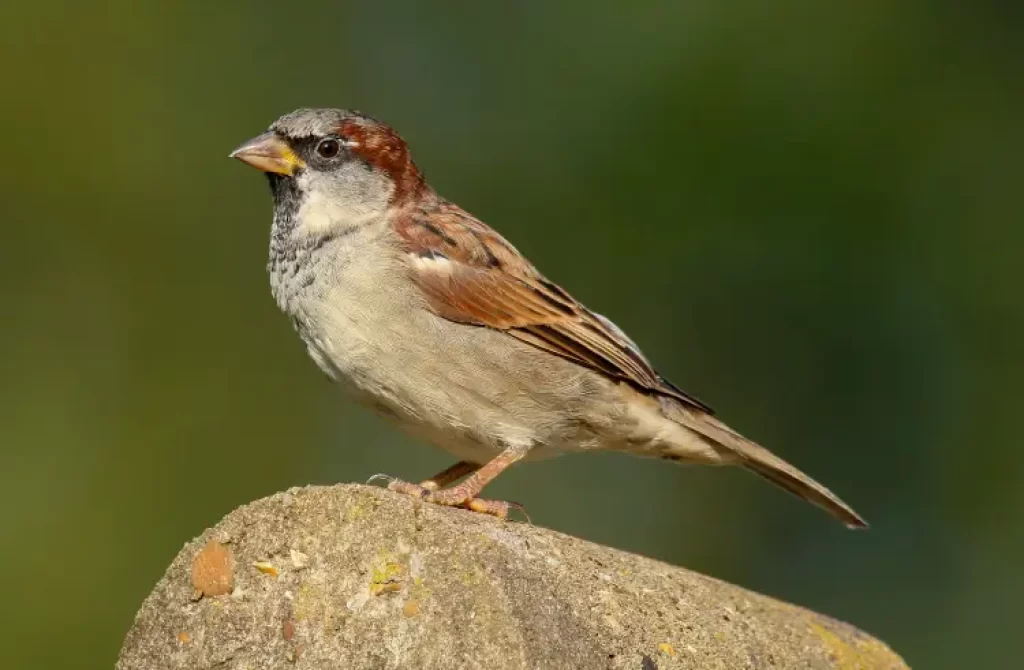
Sparrows in the wild face numerous challenges, including predation, diseases, and food scarcity, which can significantly shorten their lifespan. In contrast, sparrows in captivity are protected from many of these threats.
They receive consistent food, have fewer predators, and benefit from regular health check-ups, which can help in early disease detection and treatment.
However, captivity can introduce other stresses, like limited space and lack of natural behaviors. Generally, with proper care, sparrows in captivity tend to live longer than their wild counterparts due to reduced immediate threats.
But it’s essential to note that a long life in captivity isn’t necessarily indicative of better overall well-being, as the quality of life and natural behaviors are vital considerations.
Factors That Affect a Sparrow’s Lifespan
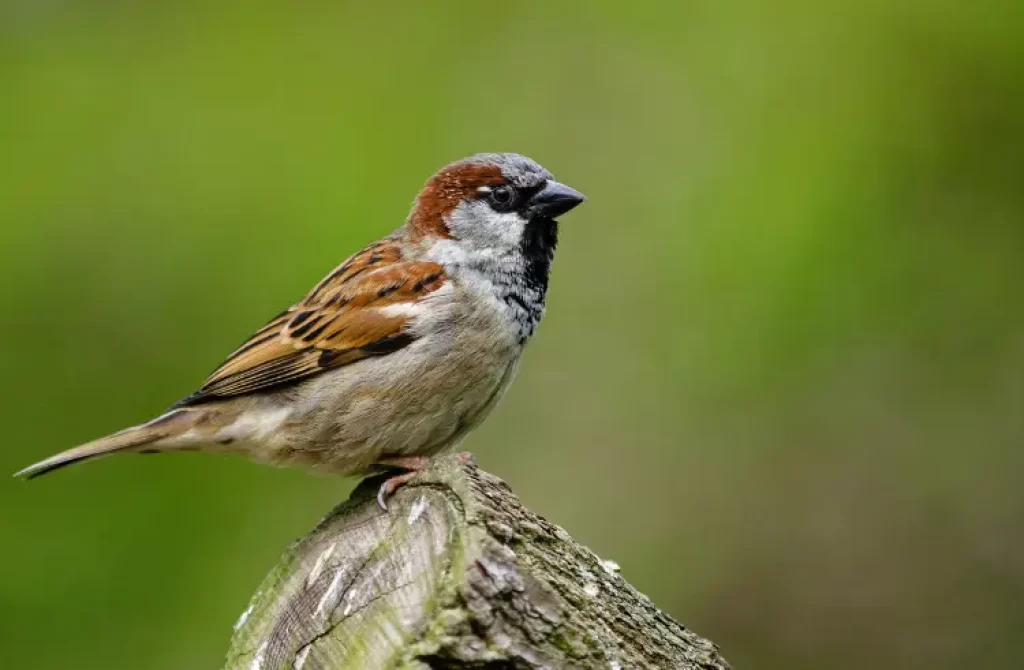
Sparrows, like many other creatures, are influenced by their surroundings and the challenges they face in their daily lives. Let’s dive deeper into the factors that can make a significant difference in how long these chirpy birds live.
Food Availability
Food is the primary source of energy and nutrition for sparrows. When sparrows have access to a constant, nutritious food source, they are more likely to thrive. This doesn’t just mean the quantity of food, but also the quality.
A balanced diet that includes seeds, insects, and other tiny creatures helps in maintaining their energy levels and health.
On the other hand, when food is scarce, sparrows might have to travel longer distances in search, expending more energy and facing increased risks, which can reduce their overall lifespan.
Predators
Living in the wild isn’t easy, especially when there are predators around every corner. Sparrows have to be constantly on alert.
Common predators include cats, birds of prey like hawks, and snakes. In areas where these predators are prevalent, sparrows can often have a shorter lifespan. It’s not just about the direct threat of being hunted, either. The constant stress of evading predators can take a toll on their health and vitality over time.
Weather Conditions
Mother Nature can sometimes be a sparrow’s biggest challenge. Extreme weather conditions, be it blistering heat or freezing cold, can have a profound impact on a sparrow’s life.
During cold seasons, they need more energy to maintain their body temperature, which means they require more food.
If food is scarce during these times, it becomes a double whammy for them. Similarly, in extremely hot conditions, sparrows might face dehydration or heat stress. Finding shelter and water becomes crucial. Over time, repeated exposure to harsh weather can reduce a sparrow’s overall lifespan.
A Little Bird with a Lot of Heart
Even though sparrows might not live for very long, they sure make the most of their time. From their cheerful songs to their playful nature, sparrows bring joy to many.
So, the next time you spot one of these little birds, take a moment to appreciate the resilience and spirit of the humble sparrow.
FAQs
What is a group of sparrows called?
A group of sparrows is called a “flock.” Sparrows like to be together in flocks to find food and keep safe from predators.
How long do sparrows sleep?
Sparrows usually sleep at night, like many birds. They rest for around 10 to 12 hours during the dark hours. Their sleep is important for them to rest, conserve energy, and stay alert during the day when they’re active.
How long do brown sparrows live?
Brown sparrows, which are often referred to as house sparrows, typically have a lifespan of about 3 to 5 years in the wild. However, some house sparrows can live longer, up to 10 years or more, especially if they are well-protected from predators and have access to food and shelter. In captivity or under ideal conditions, their lifespan can be extended.
What is the longest living bird?
The Laysan Albatross, like Wisdom, is indeed one of the longest-living birds. Wisdom, at 69 years old, holds the record as the oldest-known wild bird. Some albatrosses can live even longer, up to 70 or more years. Many other bird species have shorter lifespans, ranging from a few years to a couple of decades, with variation depending on the species.





